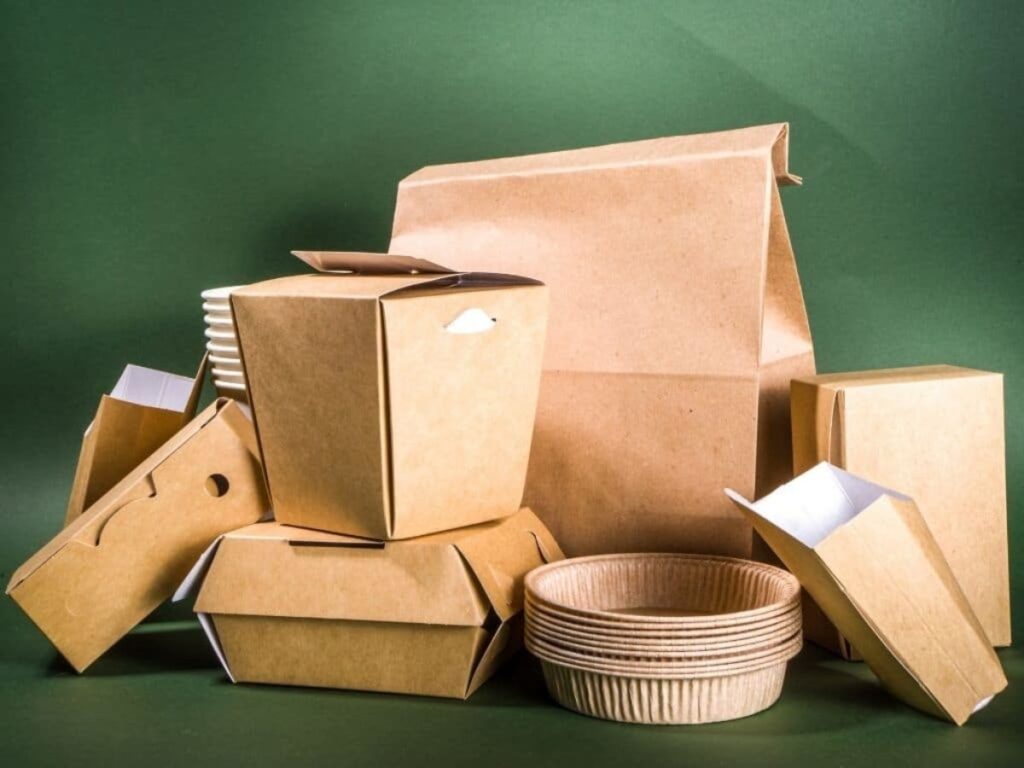Now that it is well-established that visual aesthetics play a significant role in the success of a product, the psychology associated with packaging design has become one of the most important topics for marketers. Aesthetically pleasing packaging design has been shown to lengthen the decision-making process for consumers. Standardized jewelry packaging often features name tags, and the more attractive the packaging, the more likely it is to be purchased.
Every Product design is a psychologically advanced design! Products, even the cheapest ones, are packaged to make them look appealing. Embarrassment goods like toilet paper and condoms come in discreet packaging that eliminates any sense of embarrassment associated with using them. To avoid making too obvious of a reference to the product’s intended purpose, the toilet paper’s packaging features a cute bear to demonstrate the product’s softness. On the other hand, expensive packaging of high-end goods has been shown to increase levels of the feel-good hormone endorphins in the brain.
The importance of packaging
Shoppers, according to estimates, spend an average of fewer than 8 seconds per item. Therefore, it is crucial to immediately attract the attention of customers and convey the right image of the brand and the product.
As the first impression made on the consumer, the packaging plays a vital role in the success of the entire marketing strategy. A consumer’s actions and decisions can be swayed by the smallest of factors.
If the packaging is compelling enough, consumers will take notice of the product even on a crowded shelf, and they will be more likely to buy it because of the favorable impression they have of it.
Because of its significance, packaging design calls for thoughtful deliberation over the intended message and the most efficient means of conveying that message.
The look and feel of a product
Color, shape, and uniformity are all fundamentals of design that can affect how consumers feel. Each and every person is essential:
- Color: Because most consumers know that different colors evoke different responses (red for excitement or urgency; white for cleanliness; green for health and sustainability), this may be the most easily recognized of the three.
- Form: The way a product is shaped, or its form, is another design element that has a significant impact on how it is perceived by the buyer. The slender profile of a luxury label can convey an air of sophistication, while the curvy lines of a body wash for women can evoke feelings of tenderness and care.
- The Consistency: Consistency is just as important once the consumer has it in his hands as color and shape are for catching his eye.
You can get all three fundamentals of the psychology of the design by hiring the best packaging design services for your products!
What do your consumers care about?
In the end, businesses must learn their customers’ needs and wants. The products should be true to the brand and its ideals, but they should be designed with the customer in mind first and foremost. Investing in user research and testing out various iterations of a product is the best way to learn how to make it better for the end user.
Of course you want your product’s design to make buyers feel a certain way, but you need to look beyond the surface. Almost everything available today was created to address a need or facilitate a task. Brands can differentiate in the marketplace and maintain regular customers by responding to these issues through product design.
- Attractiveness to the Eye and Focus: Packaging is the first thing that customers see and interact with when they buy a product. Consumers establish opinions about a product within milliseconds of seeing its packaging, according to studies. Products that stand out from the crowd are those that use creative design, bright colors, and interesting shapes to attract customers’ attention. Displaying products in eye-catching containers increases the likelihood that shoppers will pick them up and take a closer look.
- Trust in a Recognized Brand: Packaging plays a crucial role in creating brand awareness. Consistent application of brand features like color schemes, logos, and slogans helps consumers mentally file away specific products or services. Customers are more inclined to buy a product they are already familiar with if it comes in recognizable packaging.
- Quality as Perceived by Consumers: Consumers’ impressions of a product’s quality may be affected by the care taken with its packaging. Consumers may attribute greater quality to a product if its packaging makes it seem more expensive or luxurious than it actually is. However, if the packaging is cheap or poorly made, consumers may be skeptical of the quality of the product even if it is superior.
- Emotional Connection: Emotional connections can be made with consumers through well-designed packaging. The right combination of hues, pictures, and words can make your message hit home with your audience. Some people, like youngsters, may be attracted to bold, happy hues, while adults may prefer muted tones and minimalistic layouts. In order to create a stronger connection with their target audience, many brands incorporate storytelling aspects onto their product packaging.
- Customer Value of Products: Consumers’ impressions of a product’s value and attractiveness can also be shaped by its packaging. The product’s distinctive selling characteristics and benefits can be conveyed through bold statements, intriguing taglines, and conspicuous product descriptions. Packaging that does a good job of conveying the product’s value proposition can influence consumers’ choice of brand.
- Ease of Use and Convenience: Important design goals for packaging include making the product convenient to use in everyday life. Customers want packaging that makes the product easier to use. Consumers looking for useful answers are more likely to buy products with packaging that offers them.
- The Impact of Culture and Society: Cultural and socioeconomic issues also have an impact on packaging design. The emotional impact of certain hues, symbols, or pictures may vary from culture to culture. When creating packaging for use in international markets, brands should keep these cultural differences in mind. In addition, consumers’ selection of products that they believe to be consistent with their own beliefs and sense of self can be seen as an act of self-expression through packaging.
In conclusion, research into the psychology of packaging has revealed the significant effect that packaging design has on consumers’ actions and opinions. Consumers’ choices are heavily influenced by factors like aesthetics, brand awareness, perceived quality, emotional connection, convenience, and cultural influences. Product packaging is more than just a means of keeping goods safe for transport; it is also an effective advertising medium. Brands that take use of the psychological aspects of packaging are more likely to strike up meaningful relationships with their target demographic and stand out from the crowd.









